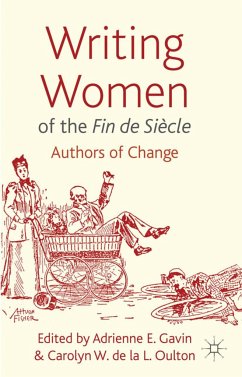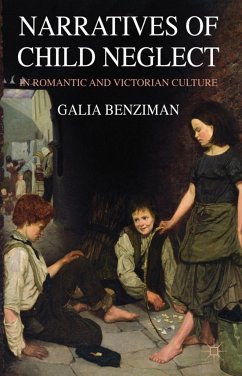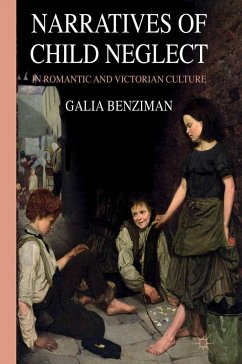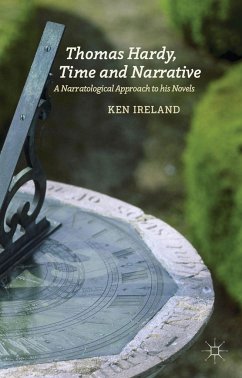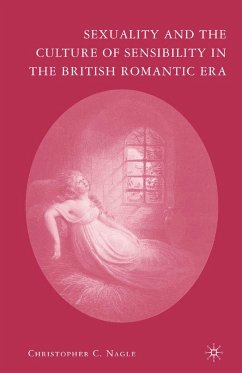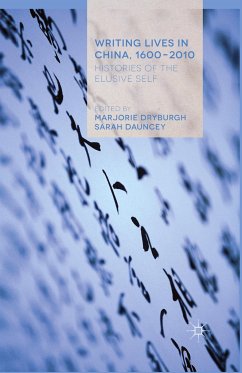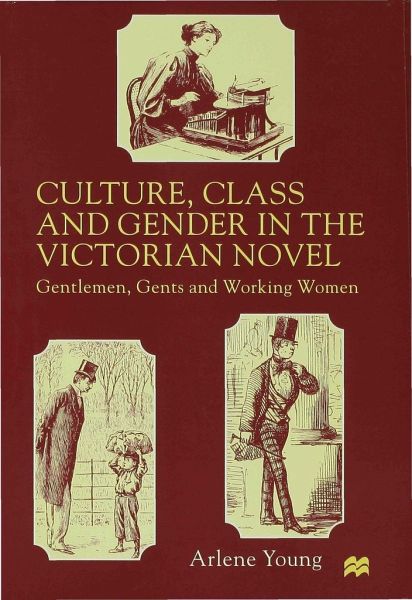
Culture, Class and Gender in the Victorian Novel
Gentlemen, Gents and Working Women
Versandkostenfrei!
Versandfertig in über 4 Wochen
103,99 €
inkl. MwSt.

PAYBACK Punkte
52 °P sammeln!
This book examines class and its representation in Victorian literature, focusing on the emergence of the lower middle class and middle-class responses to it. Arlene Young analyses portraits of white-collar workers, both men and women, who laboured under disparaging misperceptions of their values, abilities, and cultural significance, and shows how these misperceptions were both formulated and resisted. The analysis includes canonical texts like Dickens's Little Dorrit and Gissing's The Odd Women as well as less well-known works by Dinah Mulock Craik, Margaret Oliphant, Amy Levy, Grant Allen, ...
This book examines class and its representation in Victorian literature, focusing on the emergence of the lower middle class and middle-class responses to it. Arlene Young analyses portraits of white-collar workers, both men and women, who laboured under disparaging misperceptions of their values, abilities, and cultural significance, and shows how these misperceptions were both formulated and resisted. The analysis includes canonical texts like Dickens's Little Dorrit and Gissing's The Odd Women as well as less well-known works by Dinah Mulock Craik, Margaret Oliphant, Amy Levy, Grant Allen, H.G. Wells, Arnold Bennett, and May Sinclair.



